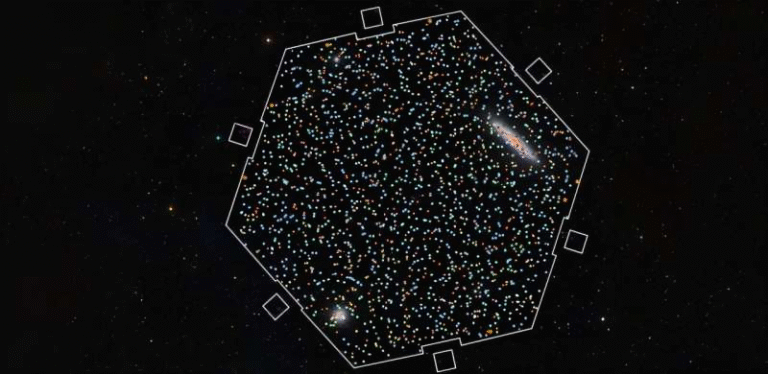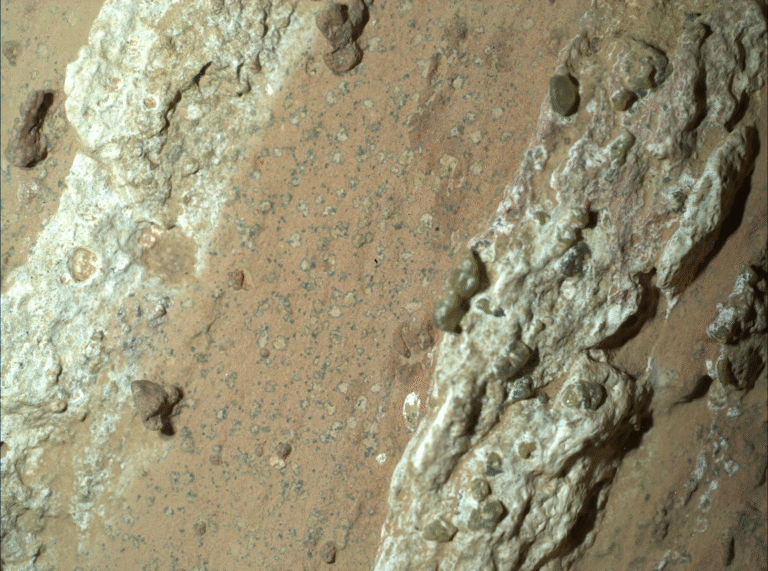We’re Filling Earth’s Stratosphere with Transition Metals—and That Could Be a Serious Problem

For decades, scientists have celebrated one of humanity’s biggest environmental wins: the repair of the ozone layer after banning chlorofluorocarbons (CFCs) in the late 20th century. But a new study from Leonard Schulz and his team at the Technical University of Braunschweig suggests we might be setting ourselves up for another atmospheric problem—this time by unintentionally releasing transition metals into the upper atmosphere through the burn-up of satellites and rocket debris.
The research, published on arXiv in October 2025, provides the most detailed estimate yet of how much man-made material is entering Earth’s upper atmosphere each year—and what that might mean for the planet’s long-term atmospheric chemistry.
How We’re Accidentally Polluting the Sky
Every time a satellite or rocket stage re-enters the atmosphere, it doesn’t just disappear—it burns up. During that process, materials like aluminum, copper, titanium, lithium, and lead vaporize and disperse into the mesosphere and stratosphere, where they can linger for years.
The researchers call this material “space waste.” They found that the total mass of human-made metals entering the atmosphere has more than doubled in the past decade, largely due to the explosion of satellite mega-constellations such as SpaceX’s Starlink and Amazon’s Kuiper.
In numbers:
- In 2015, artificial space debris accounted for only a small fraction of material entering the atmosphere.
- By 2024, that number rose to about 17% of the natural influx from meteorites.
- For certain elements like lithium, copper, aluminum, and lead, the human-made share is already dominant, sometimes exceeding 90% of all atmospheric input.
While meteors bring mostly silicate (rocky) material, the stuff we launch into orbit is metal-rich. That means even though we send up less total mass than nature does, the chemical composition of what returns is dramatically different.
From Natural to Anthropogenic Dominance
In the 1980s and 1990s, nearly all the metals found in the upper atmosphere came from meteoric dust—the fine particles left behind when micrometeoroids burn up. Schulz’s new data show that by 2015, human activity had become the leading source for 18 elements, including aluminum and lithium.
By 2024, that number climbed to 24 elements, and the team warns it could rise to 30 elements in the coming decades if satellite deployment continues at its current pace.
The total injected mass from space waste was estimated at around 887 metric tons in 2024—up from roughly 350 tons a decade earlier. For context, the natural input from meteors is several thousand tons per year, but it’s mostly made of stone, not metal. This chemical imbalance is what worries scientists.
Why Transition Metals Are a Big Deal
Transition metals—such as copper, titanium, zinc, and nickel—are known for their catalytic abilities. They can accelerate or alter chemical reactions, even in tiny concentrations. That’s what makes them so useful in industries on Earth, from car exhaust catalysts to battery production. But in the atmosphere, that same chemistry could be disastrous.
According to the study, there are three major ways these metals could affect the environment:
- Ozone destruction – Much like CFCs in the 1980s, certain metal oxides or ions might catalyze the breakdown of ozone molecules, reducing the ozone layer’s ability to shield us from ultraviolet radiation.
- Cloud seeding and weather alteration – Metal particles can serve as nucleation sites for cloud formation. If these particles cluster in particular regions, they could alter cloud density and distribution, subtly affecting weather patterns and precipitation.
- Radiative forcing – Depending on their optical properties, these particles could either reflect sunlight (cooling effect) or trap heat (warming effect). This introduces uncertainty into climate models, since the scale of these effects is not yet well-understood.
The worrying part is that scientists have no concrete data yet on how these metals behave in the upper atmosphere. No one has studied, for example, how titanium or lithium vapors react chemically once released at 80 km altitude—or how long such particles persist.
The Satellite Boom Behind the Trend
The timing isn’t a coincidence. The last ten years have seen a massive surge in satellite launches, mainly due to global efforts to expand internet coverage. Companies like SpaceX, Amazon, OneWeb, and others are deploying thousands of small, short-lived satellites—often designed to “demise” themselves by burning up completely at the end of their missions, typically after about five years.
This self-destruction solves one problem—orbital debris—but creates another. When a fleet of 40,000 satellites eventually re-enters, that’s tens of thousands of mini metal furnaces releasing vaporized alloys, electronics, and coatings into the atmosphere. Even if each satellite only weighs a few hundred kilograms, the cumulative effect is enormous.
Rocket stages add to the mix. Each launch contributes additional metals from engine components, paint coatings, and solid propellant residues, which can also inject chlorine and aluminum oxides at high altitudes.
How Serious Could This Become?
So far, scientists estimate that the human contribution to atmospheric metals is around one-sixth that of natural meteors—but growing fast. If the current satellite deployment rate continues, it could approach parity with natural sources for certain elements within a few decades.
That could fundamentally change the upper-atmospheric chemistry balance. The metallic particles and vapors might influence ozone concentration, polar mesospheric clouds, and radiation absorption in ways that ripple down to weather and climate.
What makes this tricky is the altitude where these effects occur. The mesosphere and lower thermosphere (50–100 km altitude) are regions we rarely study directly. They’re too high for balloons and too low for satellites, meaning there are almost no direct measurements of metal particle behavior there. Most current understanding comes from modeling and radar data.
Why Scientists Are Concerned
The study doesn’t claim that the sky is falling—but it’s a clear warning sign. Humanity has a history of realizing too late that seemingly small industrial side effects can trigger planet-scale reactions. The ozone crisis was exactly that kind of story: the chemicals that made air-conditioning possible turned out to be shredding our atmosphere.
The researchers stress that it’s not just the quantity of metal that matters, but the type and behavior. Transition metals could be chemically active in ways we don’t yet understand. For example, metal oxides and chlorides formed during re-entry might participate in ozone-destroying cycles similar to those once driven by CFCs.
Schulz and his team emphasize the need for targeted experiments and atmospheric monitoring to determine whether these metals are accumulating and how they’re reacting. Until then, it’s a blind spot in our environmental oversight.
Possible Solutions and Mitigation Ideas
Reducing this kind of pollution doesn’t mean giving up space technology—but it does call for smarter engineering:
- Material redesign – Using alloys and coatings that either don’t ablate or form harmless compounds when burned.
- Controlled re-entries – Guiding satellites to burn lower in the atmosphere or fall into the ocean instead of vaporizing at high altitudes.
- Active debris removal – Capturing or recycling dead satellites before they naturally re-enter.
- Better modeling – Integrating upper-atmospheric metal chemistry into climate and ozone models.
Governments and space agencies could also start treating re-entry emissions the same way we treat rocket exhausts or aircraft pollution—as a measurable, regulated factor in environmental policy.
A New Chapter in Human Environmental Impact
We’ve always assumed the upper atmosphere is a distant, self-cleaning layer—beyond our reach and immune to our influence. But Schulz’s findings remind us that our technological footprint now extends all the way to space. The thin veil of gases protecting our planet isn’t isolated anymore; it’s part of the same interconnected system that we’ve already been altering here on the surface.
As the number of satellites and launches skyrockets, understanding these side effects isn’t optional—it’s essential. We solved the ozone hole problem once, but as this research suggests, a new one might be forming—metallic this time.
Research Reference: Leonard Schulz et al., “Space waste: An update of the anthropogenic matter injection into Earth atmosphere,” arXiv (2025)





